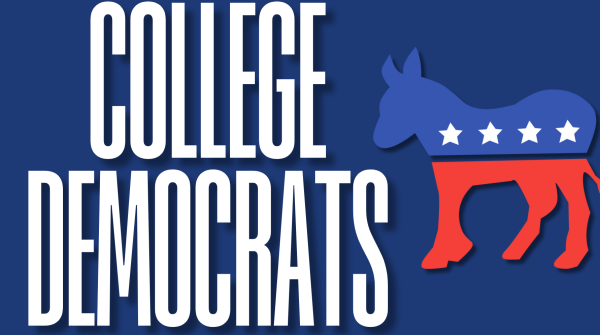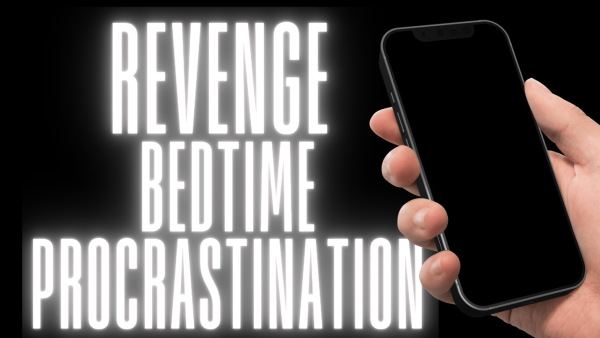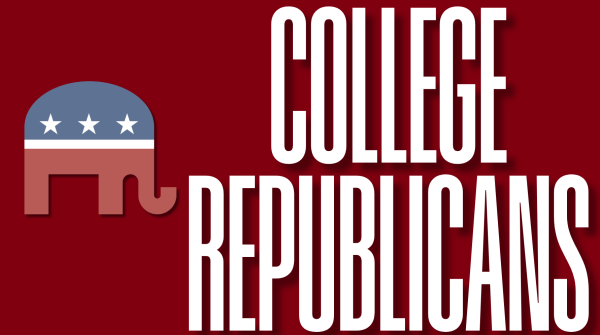The Right Can’t Meme
By Kieran Press-Reynolds
“During the full moon, Ocasio-Cortez transforms into her full powered true form. Satanic Communist.” Below this heading is perhaps the worst meme I’ve ever seen in my life – a conservative fever dream, starring Rep. Alexandria Ocasio-Cortez (AOC) with werewolf fangs and a tattoo on her forehead of an emblem that combines both the hammer and sickle and the inverted pentagram.
Submitted by user TheKnightThatMemes in the Reddit forum for Donald Trump supporters, The_Donald, this meme is just one of many created and shared every day. Memes and Trump supporters have a long history, dating back to 2015 when the creative geniuses on 4chan began what they called “The Great Meme War.”
There is an incredibly detailed Encyclopedia Dramatica entry about it, with synopses of each individual battle, including such notable moments as “The Pepe Civil War” and “The British Front” (AKA “Battle of Brexit”). Essentially, it’s fan fiction – a way for supporters to feel connected with the MAGA cause and justify why they sit at their keyboards all day sharing the good word of Pepe and Kekistan.
The title of this piece is a play on a common slogan wielded by Trump fans: “the left can’t meme!” Originated in 2016, this was a critique lobbed at liberals for making cringeworthy and overly sensitive memes.
One Reddit user, ZhonPepe, reasoned that the modern left’s inability to meme came from it being “by default politically correct.” Political correctness is often seen by the right as a tool of censorship; right-wingers have argued that the left is unfunny precisely because it refuses to tolerate many offensive jokes that exploit racial or gender stereotypes.
In 2017, a webcomic artist named Kukuruyo wrote a long blog post theorizing why the left can’t meme, explaining that right-wingers are willing to invest in shock value – like making a meme of an anime girl in Nazi getup – and that the basic visual impact of shock is worth more than anything else. In her influential 2017 book, “Kill All Normies,” Angela Nagle analyzed how this shock-based, transgressive style of humor became so trademark and effective for alt-right meme makers. Now, as the left is bent on cultivating a more heightened awareness towards discrimination, they’re seen as prudes in favor of order.
For Trump’s base, which skews towards the non-college educated, shock memes are very effective because they’re pure imagery. It’s no surprise that Trump supporters are easily enthused by instantly-gratifying visual jokes, like AOC as the closeted Satanic Communist.
The right’s most effective meme so far has been Pepe, which functioned as a sort of simplistic, propagandic self-identifier. Pepe went viral, and it built crucial iconography for Donald Trump’s base. It might have even won him the election.
But is Pepe really a meme? Maybe it once was, but it has since transcended meme status. Pepe is an interesting phenomenon because it existed long before Trump, and was appropriated for the alt-right’s cause. But there’s never been any sense of innovation with it. Pepe just exists, almost like a Robert E. Lee statue – a shriveled symbol for identity.
The modern right fundamentally misunderstands what a “meme” is. Memes are intrinsically ephemeral, like slang. Different ones can achieve popularity and then fade out, nearly by the day. Evidenced by pop culture artifacts like the “meme calendar,” which highlights the most popular format of each month, memes are inextricable with innovation. Before a meme becomes “dead,” it’s always pushed to its most meta potential; for example, towards the end of the “Steven Crowder Change My Mind” meme’s lifespan, it got self-reflexive.
The right can’t meme, and never could, because their ideology – wanting to freeze frame cultural developments and preserve “traditional” white values – is inherently contra-meme. They don’t seek new meme formats and innovations, which is why you most often see Trump supporters using the classic meme format of an image and impact font bold text.
It’s the type of meme you’d expect your grandma to text you – severely out of touch with what’s new and exciting.
Relying on simplistic, visual shock – like claiming that “Demon-rats” are Ku Klux Klan members or New York wants to murder your infant – is the digital equivalent to wearing a blackface as a “joke.” These memes aren’t memes, but gags that require no intellectual depth, instead subsisting on age-old stereotypes that are funny to predominantly straight, white men with supremacy complexes.
Back in 2016, the left made a huge mistake in engaging with right-wing content. Declaring Pepe a hate symbol, for example, caused massive backlash and only served to strengthen the communal bonds of the frog-loving right-wingers.
Now, however, the tide has turned. AOC has been the best thing for the left’s meme game since she is putting Trump supporters on the defensive. As communications researcher Grant Kien detailed in a paper on memetic audience behavior, “counter-memes,” which are used to reverse oppressions online, are “ultimately always reactive” and fail to stop a viral trend. In the wake of AOC’s soaring popularity, tasteless memes depicting her as a lunatic only further spread her influence. In a way, she has become the left’s Pepe, provoking ineffectual lashback from the right.
In addition, the right’s unstoppable flow of AOC memes is a reflection of deep-seated fear. Like a bully who beats people up because they are insecure, Trump supporters are incredibly scared of AOC, who represents one of the first real threats to propagate socialism among the younger generation.
The fact that she’s charismatic, elegant and clearly destined for some kind of leadership role in the future has conservatives paralyzed with dread.
Once you take away Pepe, the right has nothing left. If its memes are not blatantly racist, homophobic or transphobic, they’re still poorly made and entirely uncreative. Memes are internet currency, and the right is currently bankrupt.















































































































































































































